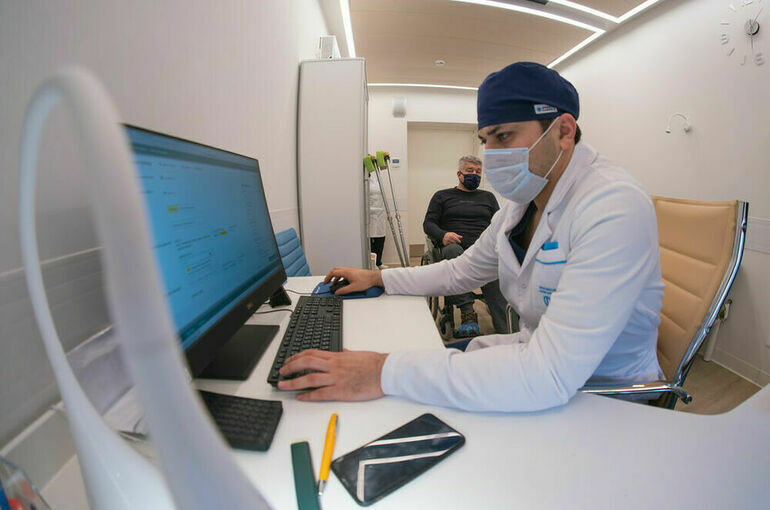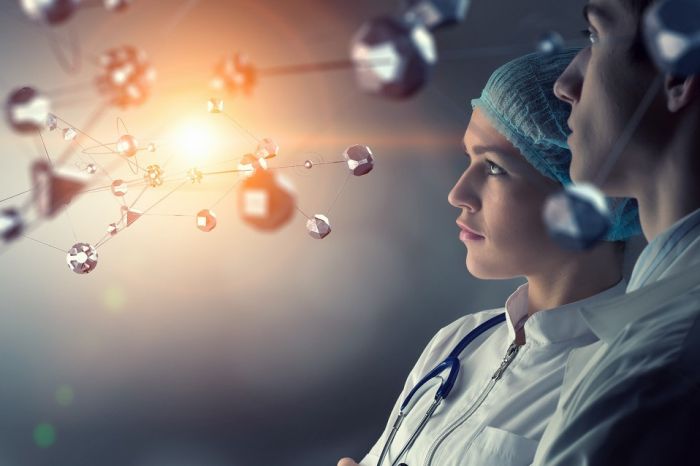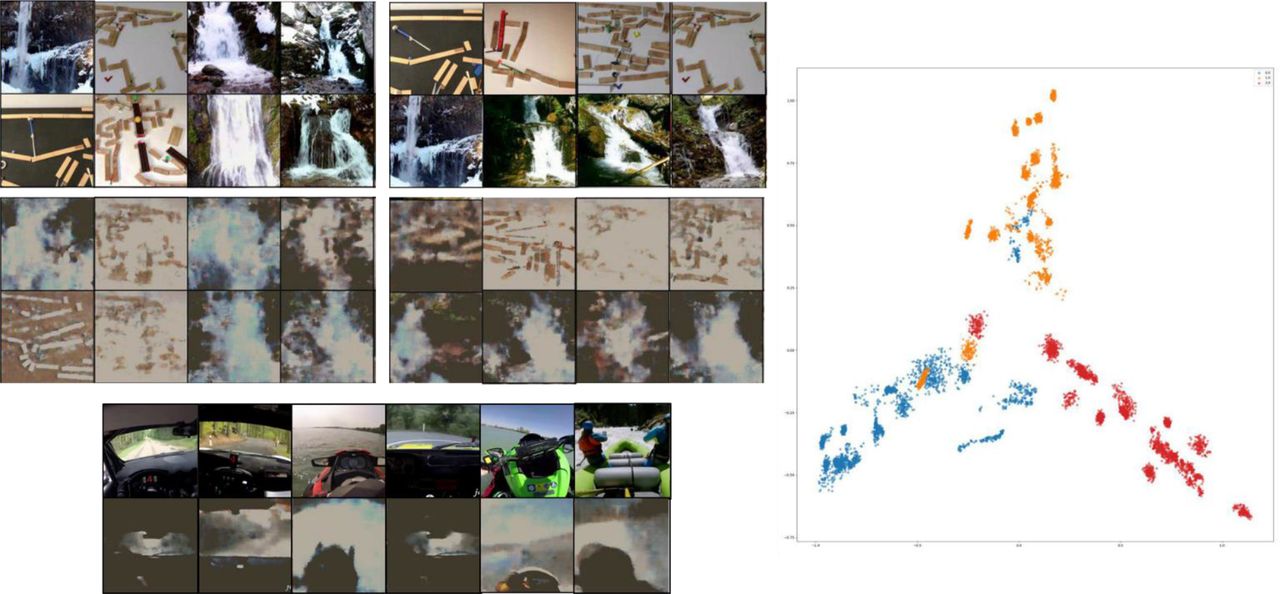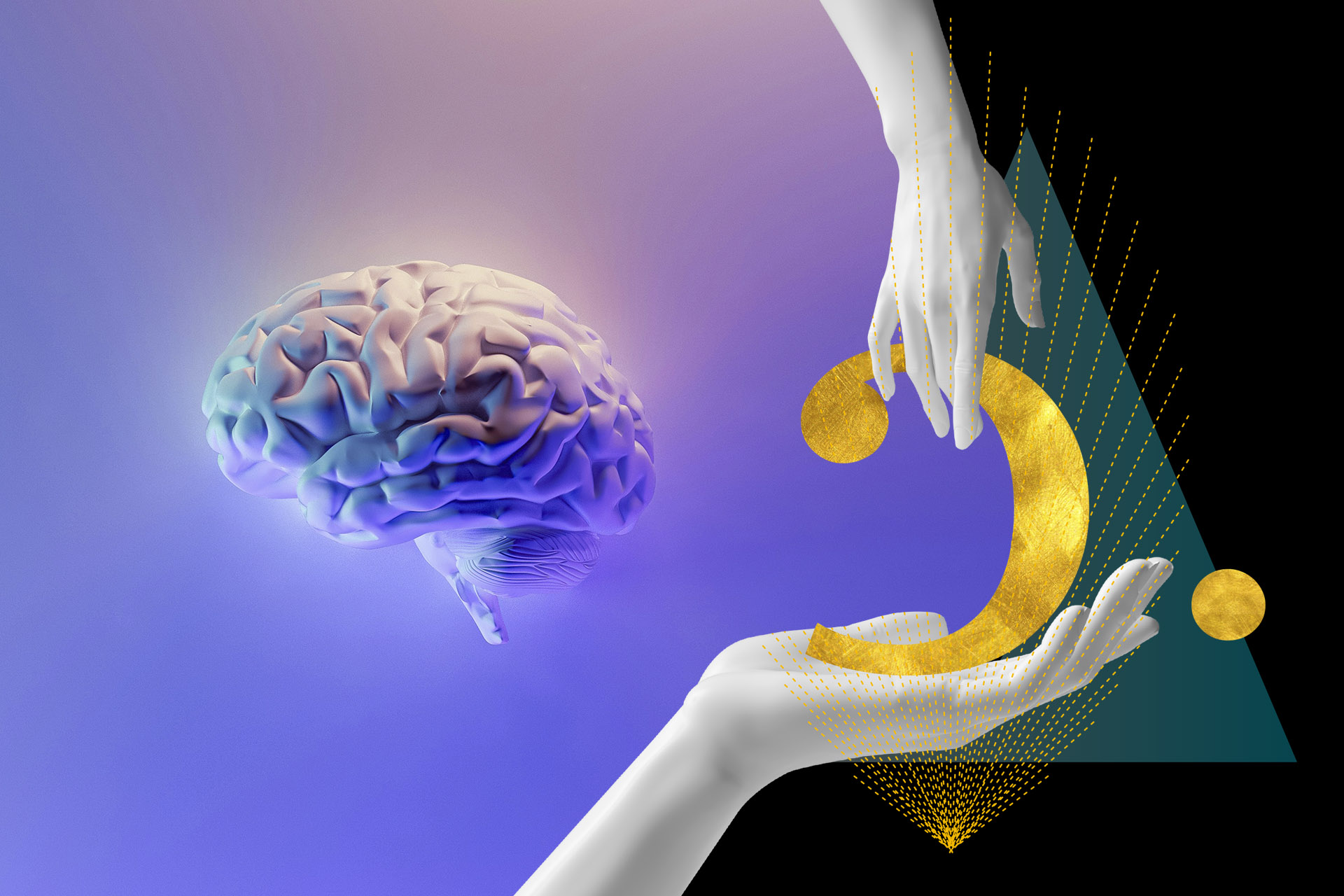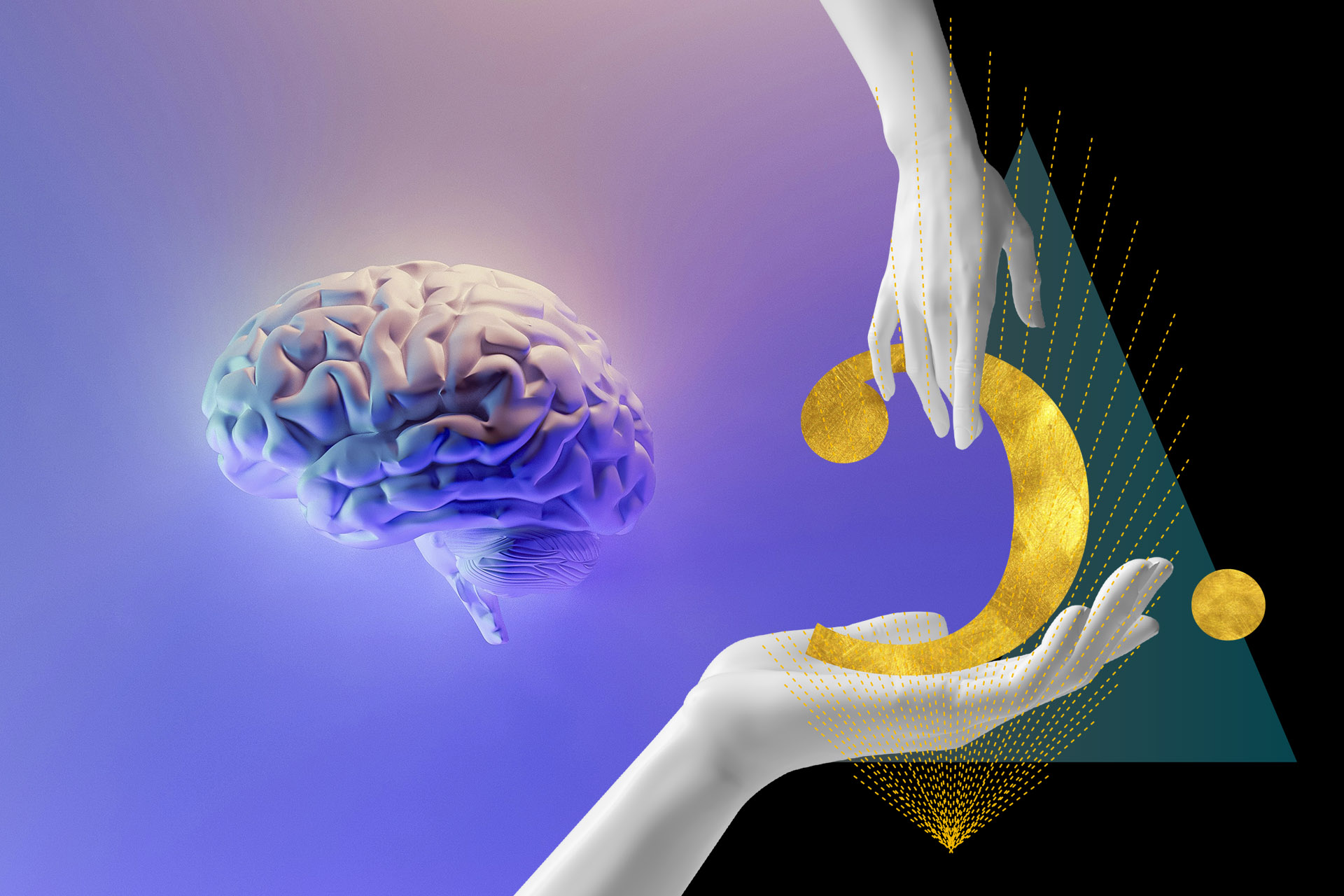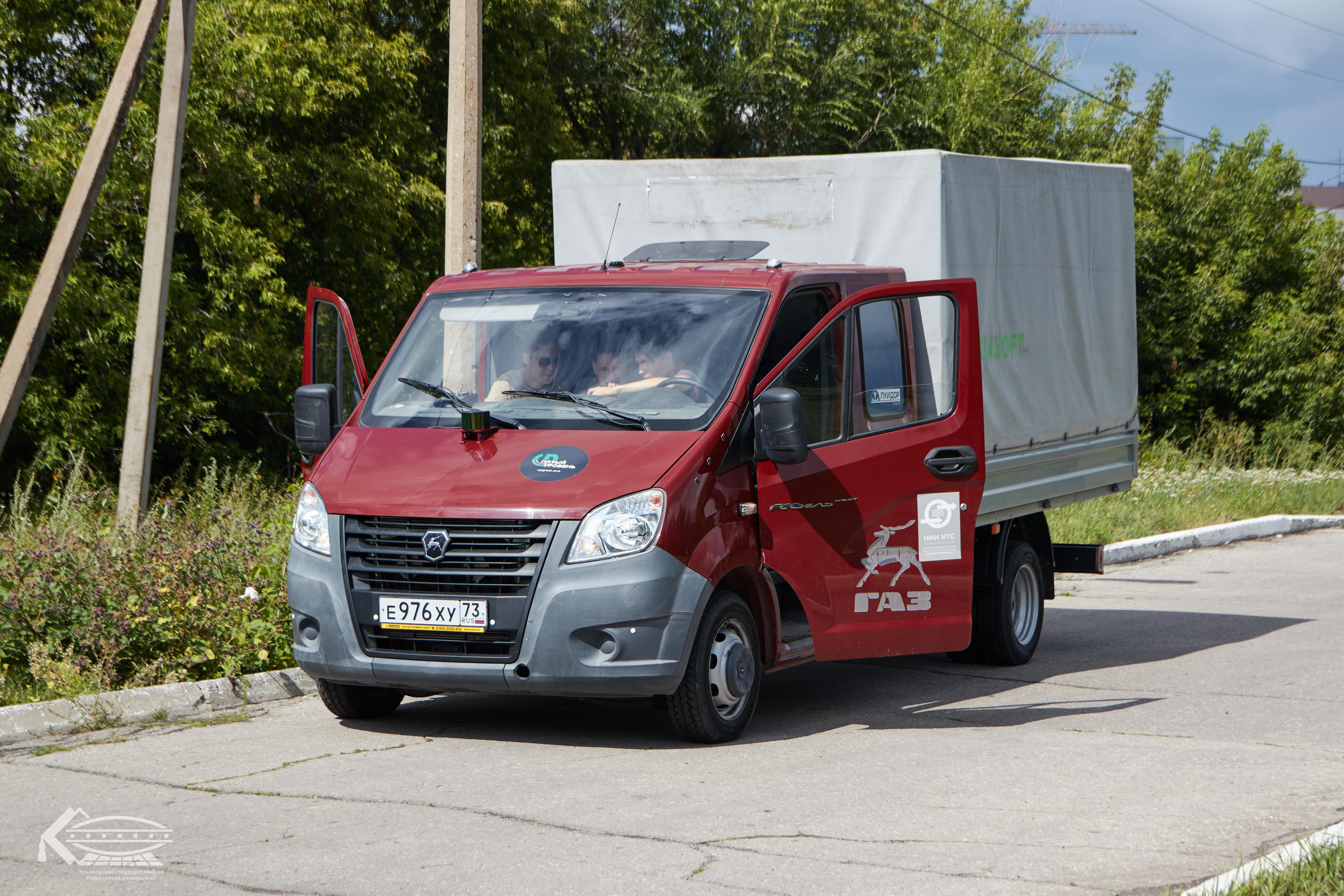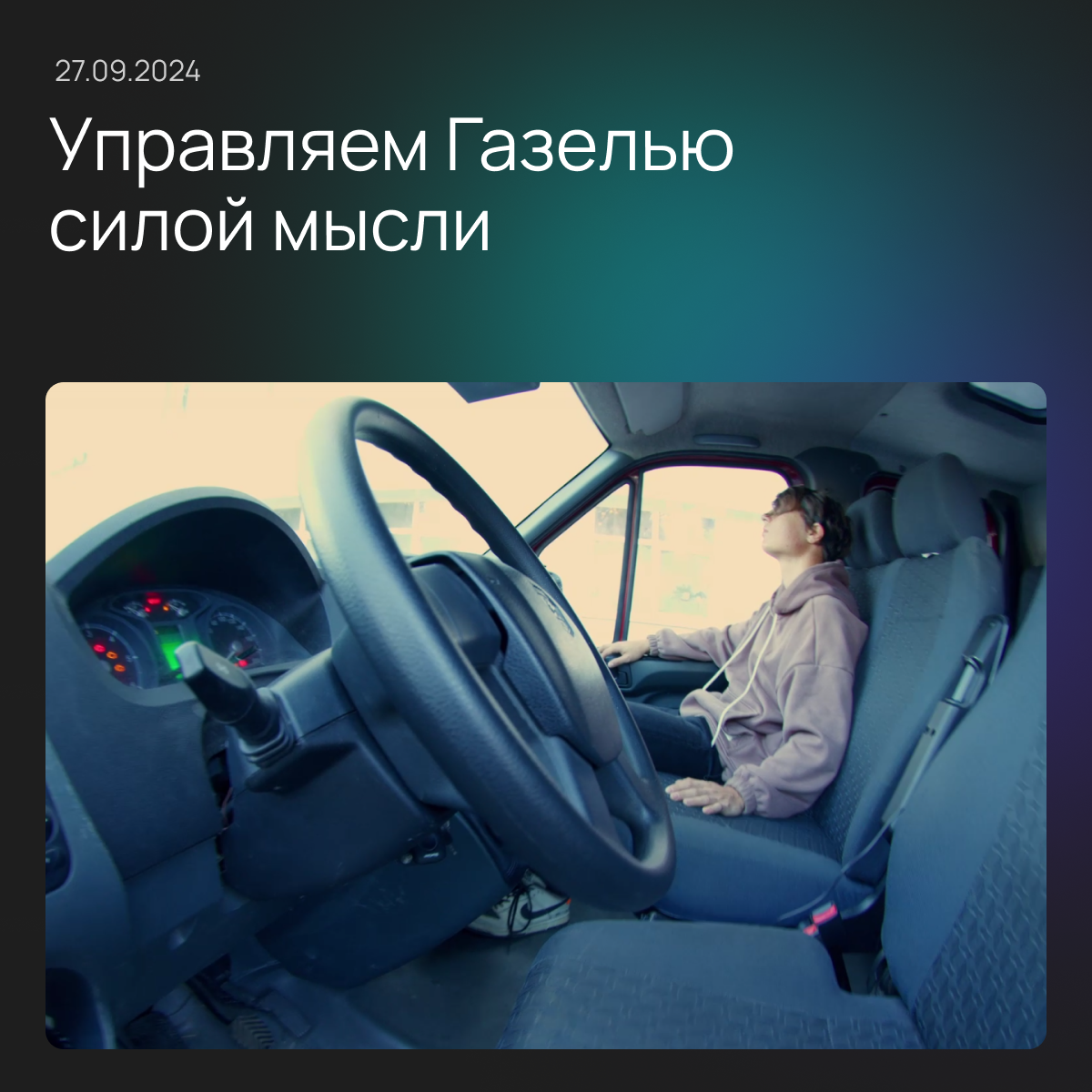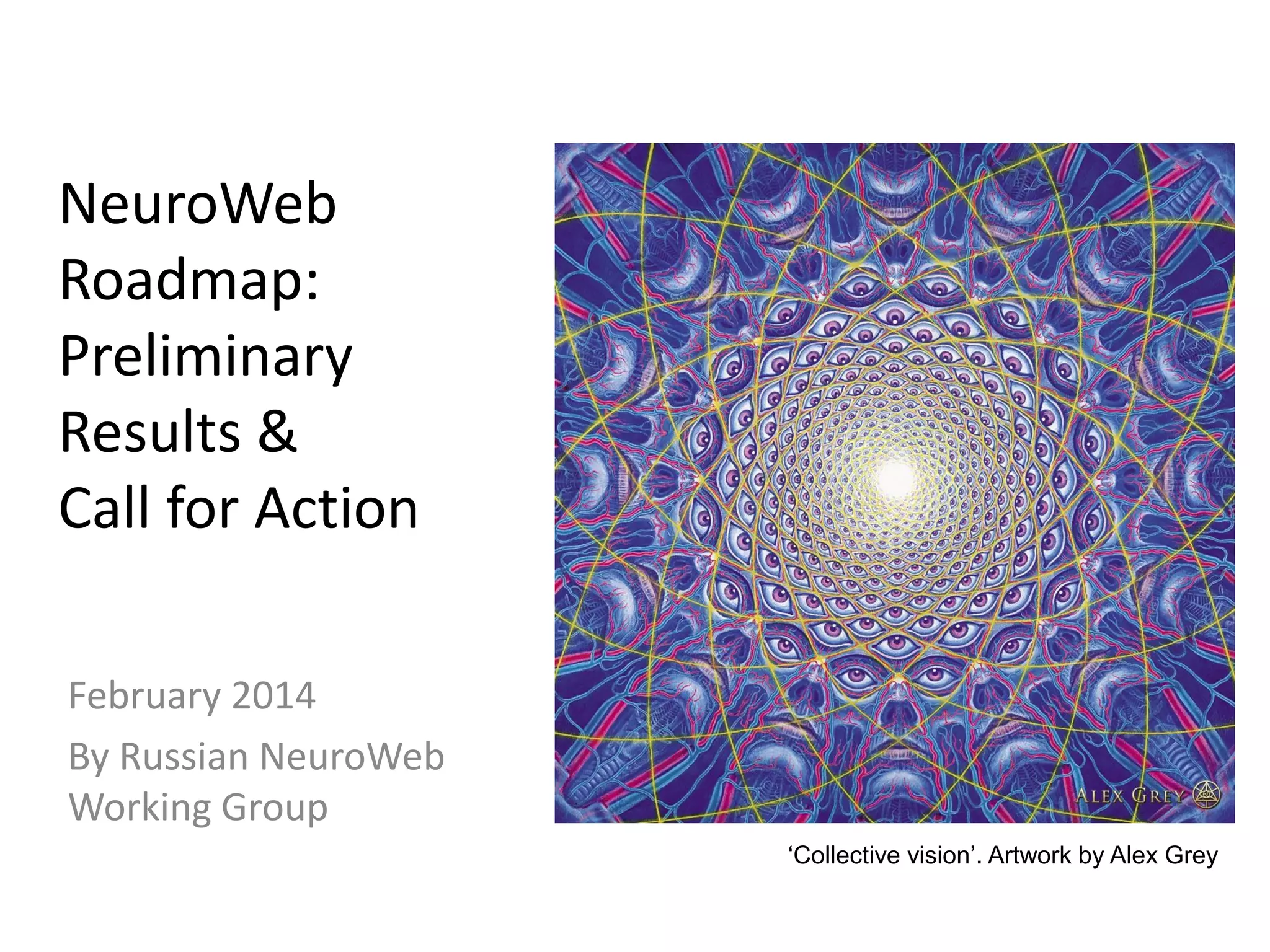Lalas
Star
- Joined
- Nov 8, 2022
- Messages
- 2,129
St. Petersburg International Economic Forum
One of the biggest and most important business events in the world. Over the past 26 years, the Forum has cemented its status as a leading international event focusing on key issues on the global economic agenda. It provides a platform for participants to exchange best practices and expertise in the interests of sustainable development.
SPIEF has been held annually since 1997. Since 2005, it has been held under the auspices of the President of the Russian Federation, who has also attended each event.
In 2021, SPIEF was the first business event of such magnitude to be held offline since the unavoidable break caused by the COVID-19 pandemic. ...
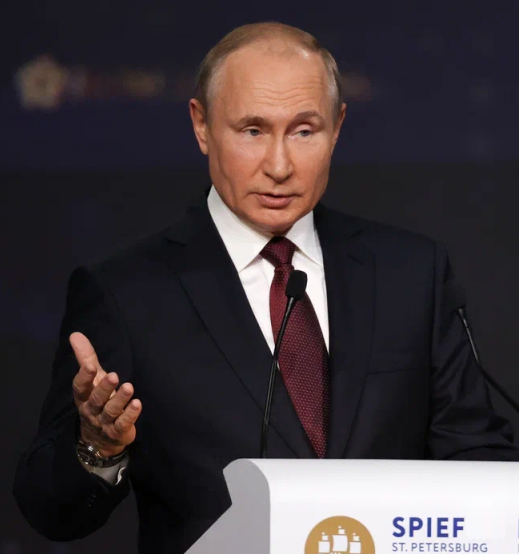
PRESIDENT OF THE RUSSIAN FEDERATION VLADIMIR PUTIN SENT GREETING TO THE PARTICIPANTS, ORGANIZERS AND GUESTS OF THE 27TH ST PETERSBURG INTERNATIONAL ECONOMIC FORUM
“For more than a quarter of a century, the Forum has provided an opportunity for politicians, experts, business leaders, academics, and media professionals from around the world to hold in-depth discussions on key economic development trends in Russia and the world. Participants in plenary sessions, roundtables and panel discussions exchange views on ways to promote international cooperation, encourage scientific and technological progress and the development of human capital, and to effectively tackle the challenges we face.
The theme of the current meeting, The Foundations of a Multipolar World – The Formation of New Areas of Growth, is highly relevant and meaningful. A growing part of the international community is in favour of building a just and democratic system of international relations based on the principles of genuine equality, consideration for each other’s legitimate interests, and respect for the cultural and civilisational diversity of nations. It is precisely these principles that underpin the activities of BRICS, which Russia is chairing this year. It is symbolic that the history of this dynamically developing association, whose members already account for more than a third of the global economy, began at the 10th St Petersburg International Economic Forum in 2006.
Our country is open to constructive dialogue and interaction with partners and is ready to work together to address the economic, social, scientific and technological challenges of our time.
I am confident that the Forum will jump-start new and promising initiatives and projects, fostering mutually beneficial cooperation between our countries and peoples.
I wish you success and all the best.”
Vladimir Putin

BUSINESS PROGRAMME
...
06 Jun , 15:00–16:15
TECHNOLOGIES FOR LEADERSHIP
Congress Centre, zone B, 2nd floor, conference hall B3
It is impossible to predict with 100% certainty what the threat of a new pandemic will be and which infection will become ‘Disease X’. The scientific community has identified several ‘suspects’, including highly pathogenic influenza, coronaviruses, arboviruses, and several other infections. However, the level of uncertainty is too high to settle on one candidate. Therefore, the main efforts of Russian specialists are directed towards readiness for any new pathogen, forming a proactive and flexible system for detecting and responding to biological threats. This includes digital transformation, genetic technologies, and the creation of technological platforms that should enable rapid development of tests and vaccines against any new infection. Young geneticists, epidemiologists, microbiologists, and artificial intelligence specialists are involved in shaping new approaches to preventing and responding to biological crises. Today, new epidemic-fighting technologies are not only being mastered but also being developed by representatives of Generations Y and Z. Clearly, today’s young scientists and specialists will need to respond to the threat of ‘Disease X’. Are they ready? What does it mean to be prepared for an unknown pandemic and what will it be? How can continuity between generations of scientists and professionals be ensured? What biosecurity technologies are being created and implemented by Millennials and Zoomers?
Moderator
Anna Popova, Head of the Federal Service for Surveillance on Consumer Rights Protection and Human Wellbeing; Chief State Sanitary Physician of the Russian Federation
Panellists
Marc-Alain Widdowson, Team Lead, High Threat Pathogens, Health Emergencies Program, Regional Office for Europe, World Health Organization (online)
[and others]
**
Federal Service for Surveillance on Consumer Rights Protection and Human Wellbeing - Rospotrebnadzor
news
https://www.rospotrebnadzor.ru/about/info/news/news_details.php?ELEMENT_ID=27820
Topical Issues of New Biological Infectious Threats Discussed on the Sidelines of SPIEF-24
06.06.2024
On 6 June, a panel discussion titled 'Will Generation Y Cope with Disease X') was held on the sidelines of SPIEF-24. The event was moderated by the head of Rospotrebnadzor Anna Popova. Among the participants are representatives of the Pasteur St. Petersburg Research Institute of Epidemiology and Microbiology, the Vector Research Center of Virology and Biotechnology, the Research Institute of Systems Biology and Medicine, the Central Research Institute of Epidemiology, as well as invited experts from the WHO, the CSTO Parliamentary Assembly, and the Skolkovo Foundation.
As part of the discussion, experts discussed topical issues of new biological threats of the infectious type, which pose a potential danger to the health and safety of people around the world.
Thus, one of the crises was called the unreliability or lack of data on the state of infectious diseases in many countries. Experts noted that this could create problems in the fight against infections and complicate the development of effective strategies to control and prevent them.
In some cases, countries may use different methods of data collection and reporting, which makes it difficult to compare and analyse information.
"We are talking, first of all, about the data crisis. An example is a difficult situation with cholera in one of the Asian countries. Since June last year, there is data on 500 victims and those with suspicion - 4.5 thousand, while the sequence of the disease is not published, and there are a lot of such examples, "said the head of Rospotrebnadzor Anna Popova.
In addition, countries may not share incidence data due to political or other reasons, making it impossible to obtain a complete picture of infectious diseases.
We also talked about the emergence of new types of infectious diseases, such as COVID-19, which can spread rapidly, causing significant losses in people's lives and health. The coronavirus pandemic not only arose in the era of digitalization, but also stimulated its rapid development. Future pandemics may develop in the context of artificial intelligence and synthetic biology penetrating all spheres, which will affect their development. "
Речь зашла и о возникновении новых видов инфекционных заболеваний, таких как COVID-19, которые могут быстро распространяться, вызывая значительные потери жизней и здоровья людей. Пандемия коронавируса не только возникла в эпоху цифровизации, но и стимулировала ее бурное развитие. Будущие пандемии могут развиваться в условиях проникающего во все сферы искусственного интеллекта и синтетической биологии, что окажет влияние на их развитие.
**
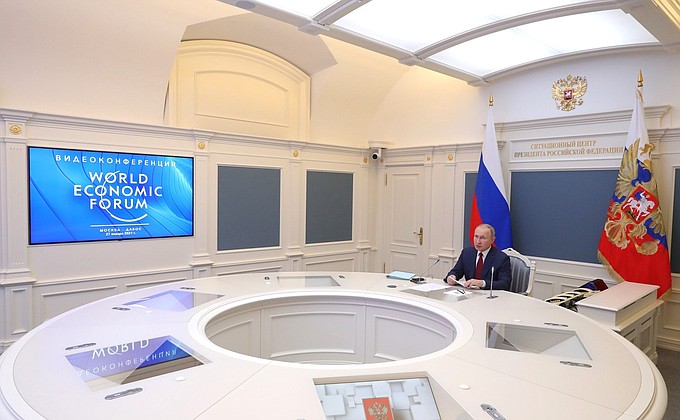
Session of Davos Agenda 2021 online forum
Vladimir Putin spoke at the session of the Davos Agenda 2021 online forum organised by the World Economic Forum (WEF).
The main focus of the forum is the discussion of the new global situation arising from the novel coronavirus pandemic.
* * *
World Economic Forum Founder and Executive Chairman Klaus Schwab:
Mr President, welcome to the Davos Agenda Week.
Russia is an important global power, and there’s a long-standing tradition of Russia’s participation in the World Economic Forum. At this moment in history, where the world has a unique and short window of opportunity to move from an age of confrontation to an age of cooperation, the ability to hear your voice, the voice of the President of the Russian Federation, is essential. Even and especially in times characterised by differences, disputes and protests, constructive and honest dialogue to address our common challenges is better than isolation and polarisation.
..
COVID-19, Mr President, has shown our global vulnerability and interconnectivity, and, like any other country, Russia will certainly also be affected, and your economic development and prospects for international cooperation, of course, are of interest to all of us.
Mr President, we are keen to hear from your perspective and from that of Russia, how you see the situation developing in the third decade of the 21st century and what should be done to ensure that people everywhere find peace and prosperity.
Mr President, the world is waiting to hear from you.
President of Russia Vladimir Putin:
Mr Schwab, dear Klaus,
Colleagues,
I have been to Davos many times, attending the events organised by Mr Schwab, even back in the 1990s. Klaus [Schwab] just recalled that we met in 1992. Indeed, during my time in St Petersburg, I visited this important forum many times. I would like to thank you for this opportunity today to convey my point of view to the expert community that gathers at this world-renowned platform thanks to the efforts of Mr Schwab.
First of all, ladies and gentlemen, I would like to greet all the World Economic Forum participants.
...
Hopes that it will be possible to reboot the old growth model are connected with rapid technological development. Indeed, during the past 20 years we have created a foundation for the so-called Fourth Industrial Revolution based on the wide use of AI and automation and robotics. The coronavirus pandemic has greatly accelerated such projects and their implementation.
...
**
https://www.rospotrebnadzor.ru/about/info/news/news_details.php?ELEMENT_ID=27837
Congratulations from Head of Rospotrebnadzor Anna Popova on Russia Day
12.06.2024
Dear colleagues!
On behalf of the Federal Service for Surveillance on Consumer Rights Protection and Human Wellbeing and on my own behalf, I congratulate you on the Day of Russia!
This holiday symbolizes the unity, freedom and independence of our country, its rich history, multinational culture, the inextricable link of all generations of Russians, who at all times, spared no effort, stood up for its defense.
The well-being of our state largely depends on each of us. Specialists of Rospotrebnadzor ensure the sanitary and epidemiological well-being of citizens on a daily basis, conduct scientific, informational, preventive and educational work, and protect consumer rights.
Dear friends, from the bottom of my heart I wish you good health, fortitude, prosperity, peace and goodness! Happy holiday! "




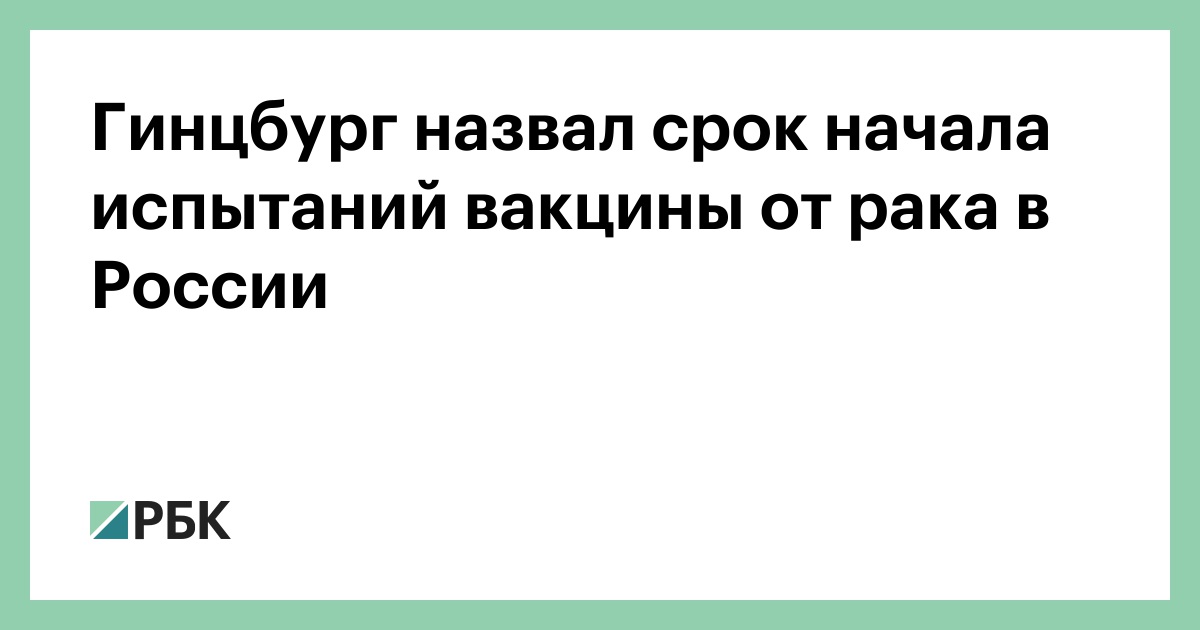

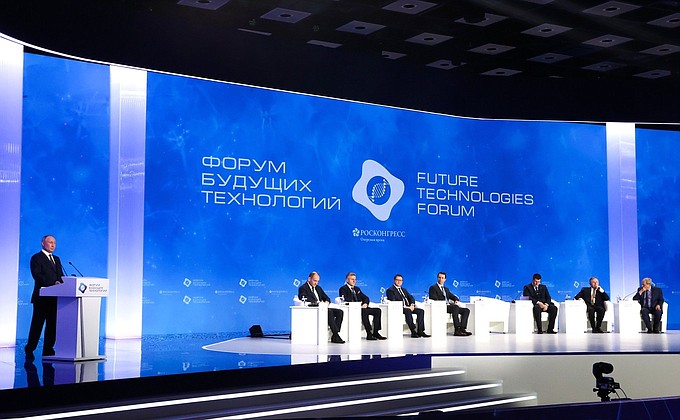
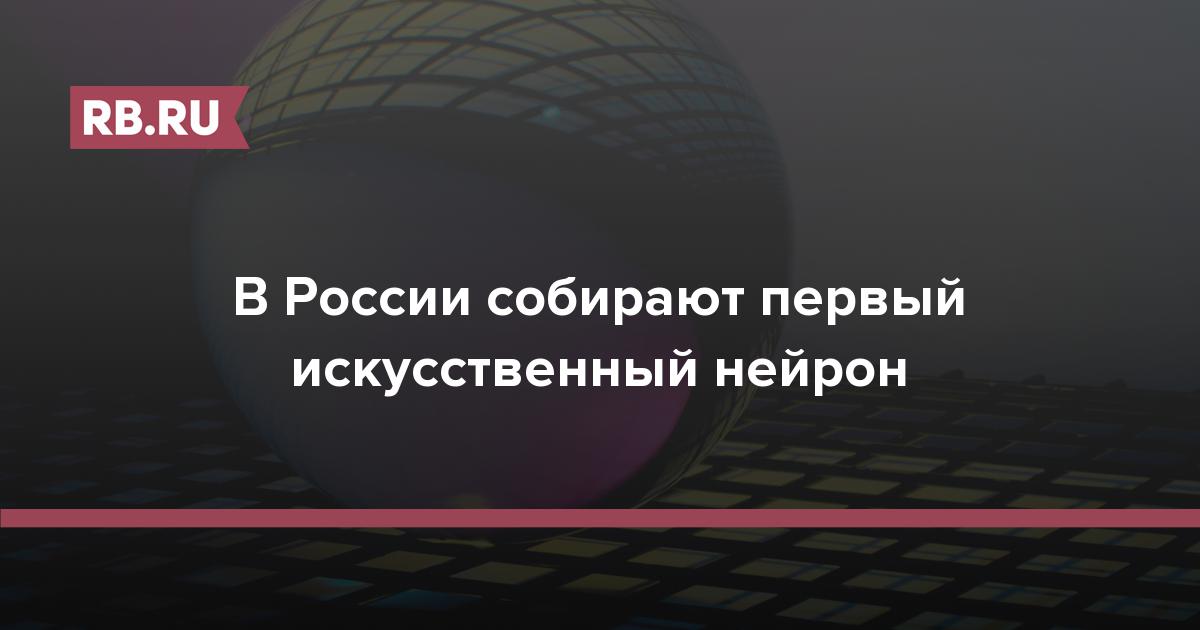
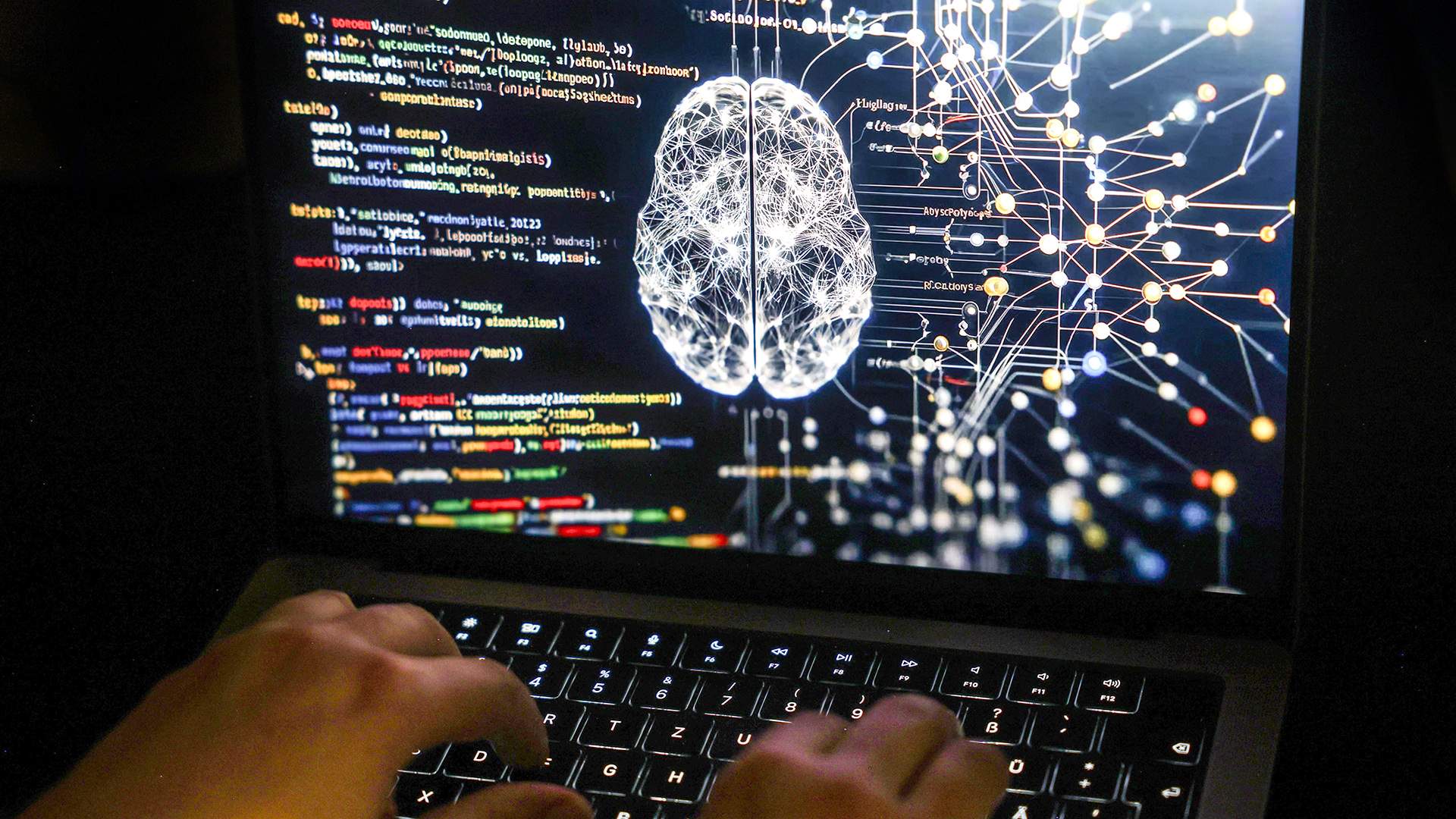
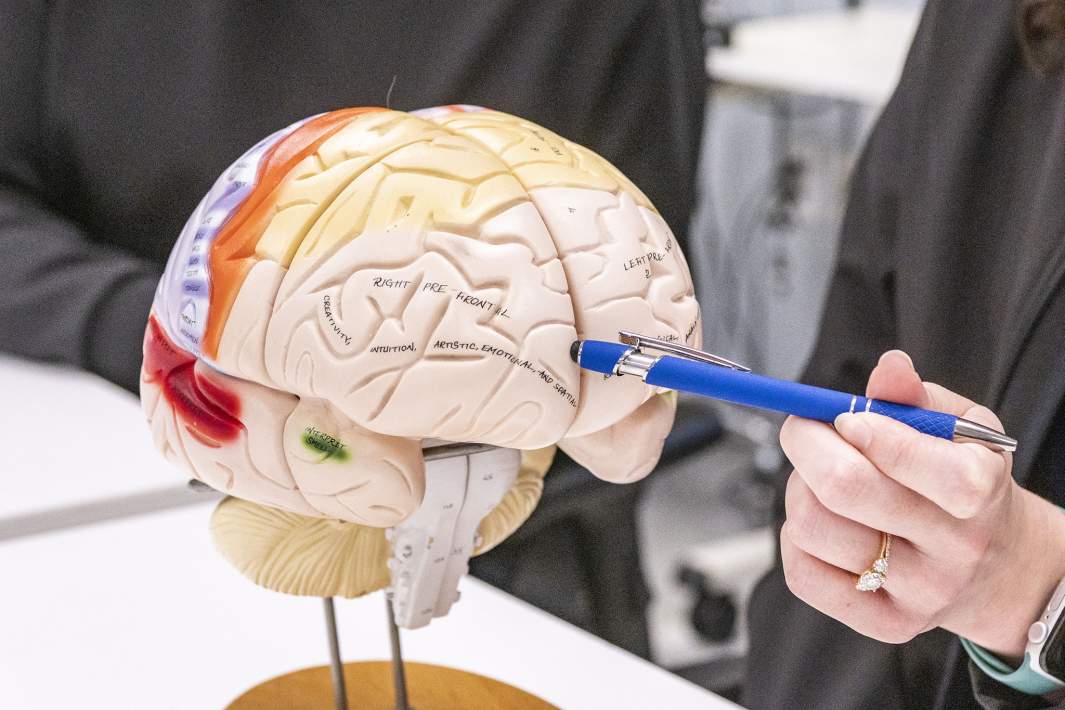



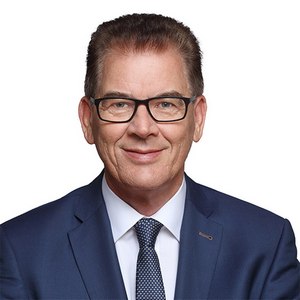
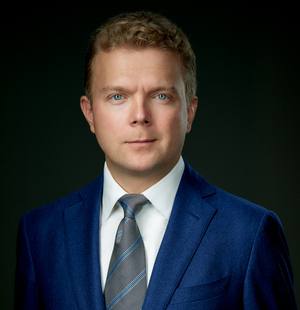

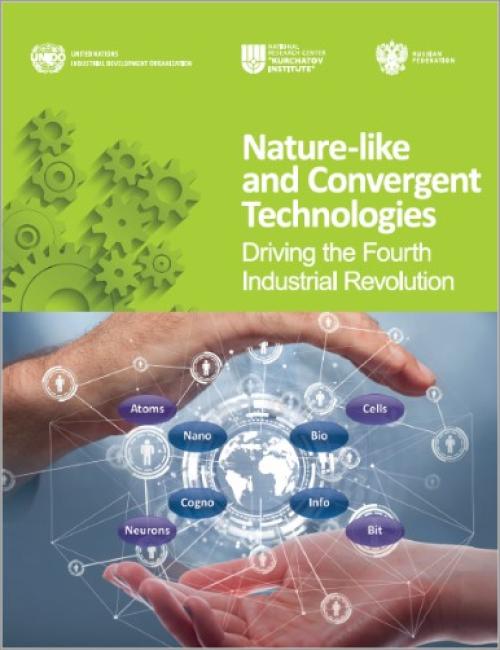





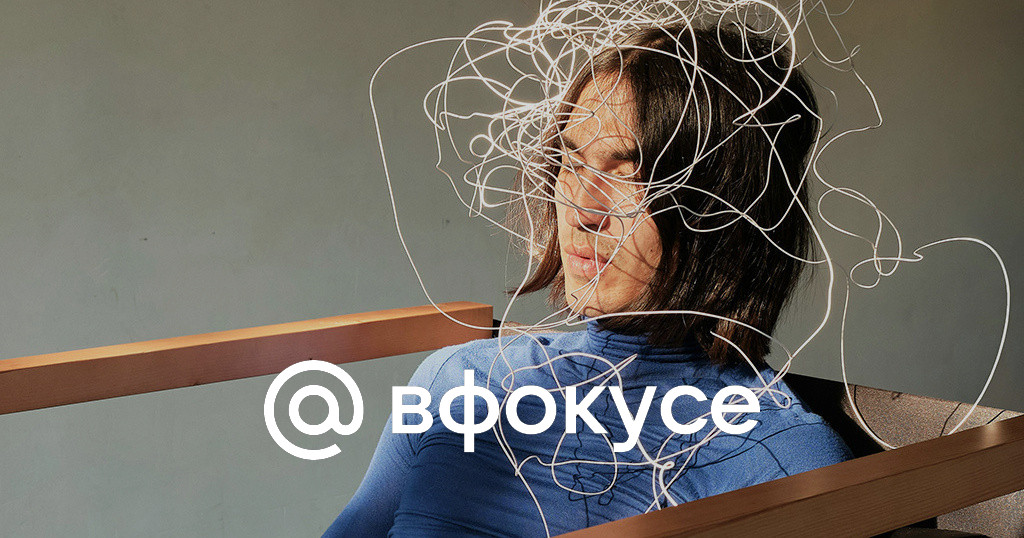
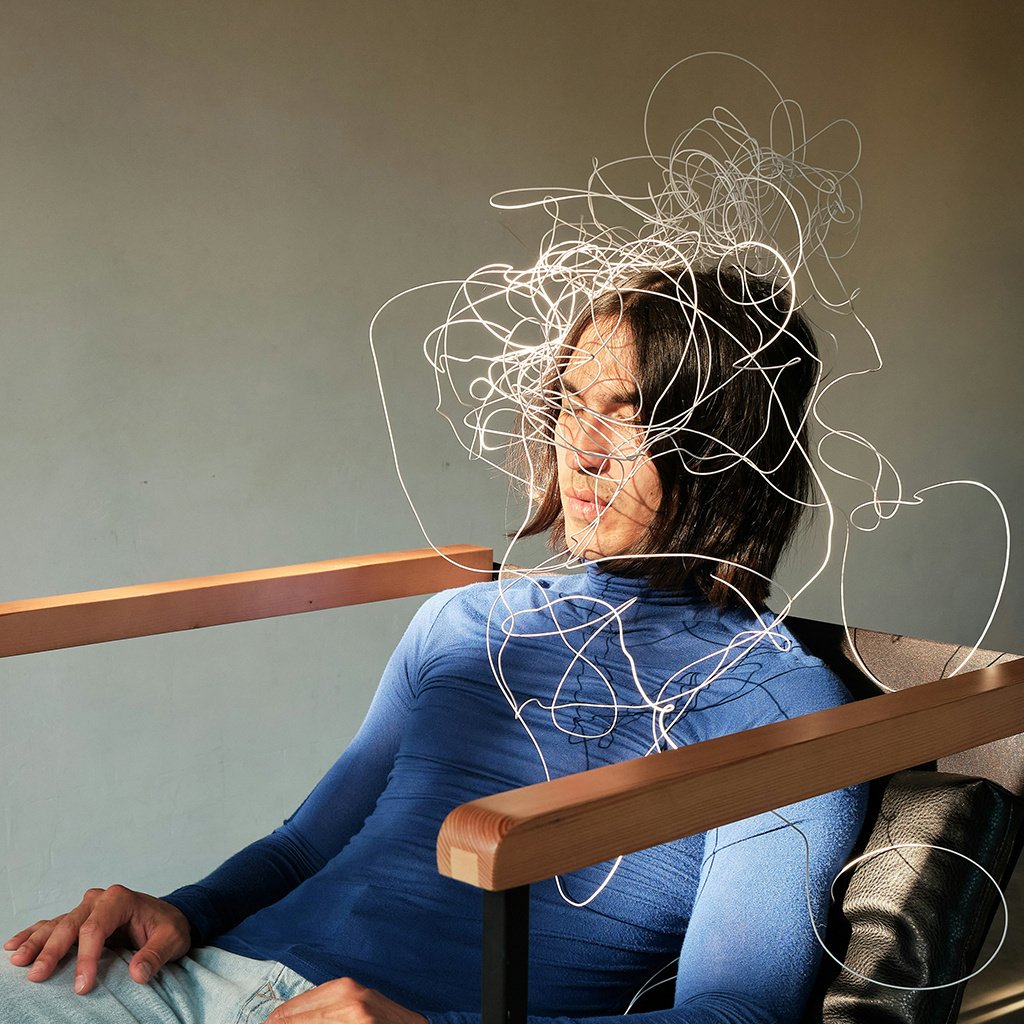


:no_upscale()/imgs/2024/08/05/17/6553693/d4058acc6e6c88ddf93d7883336af22619578cb2.jpg)
